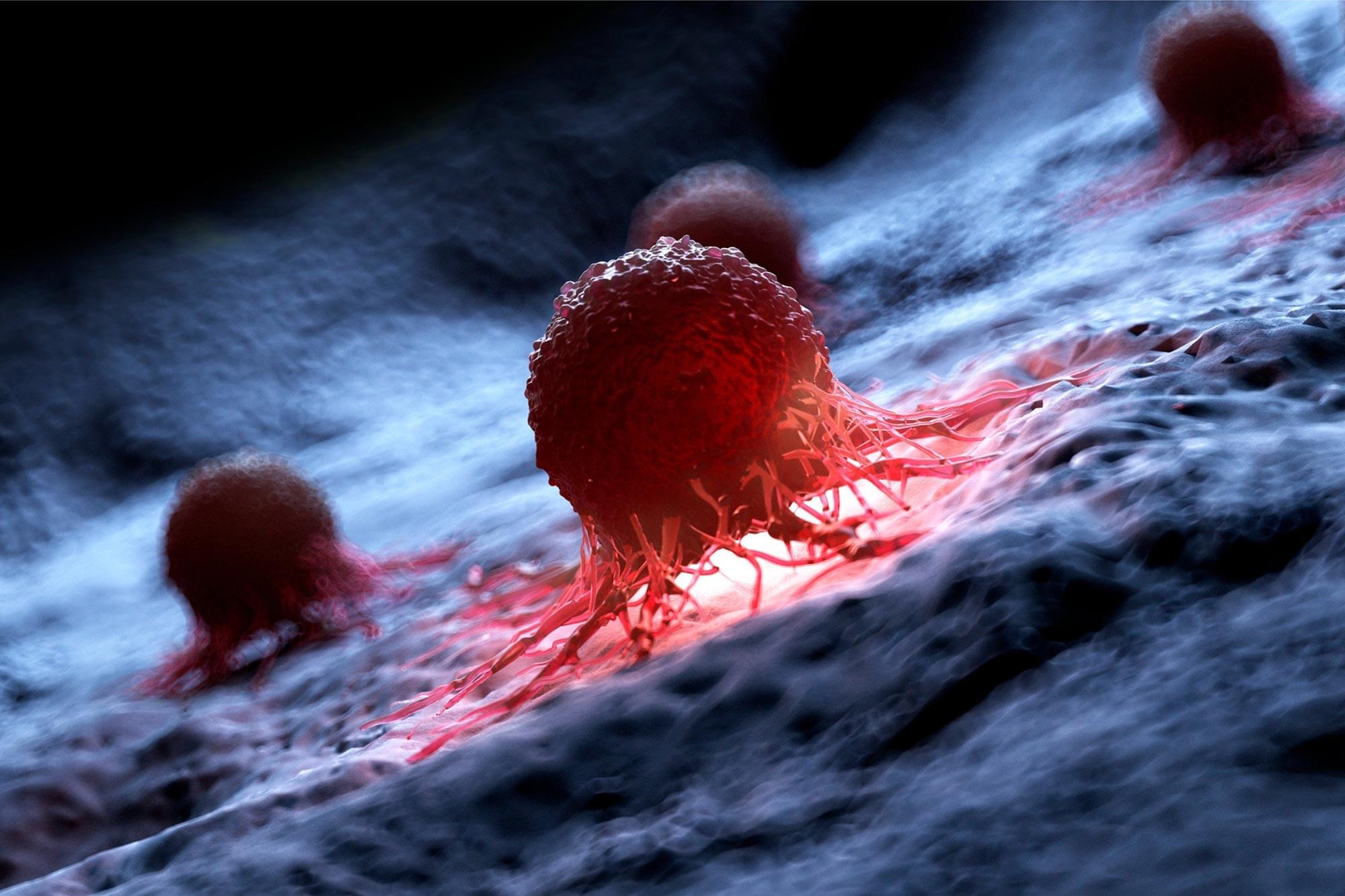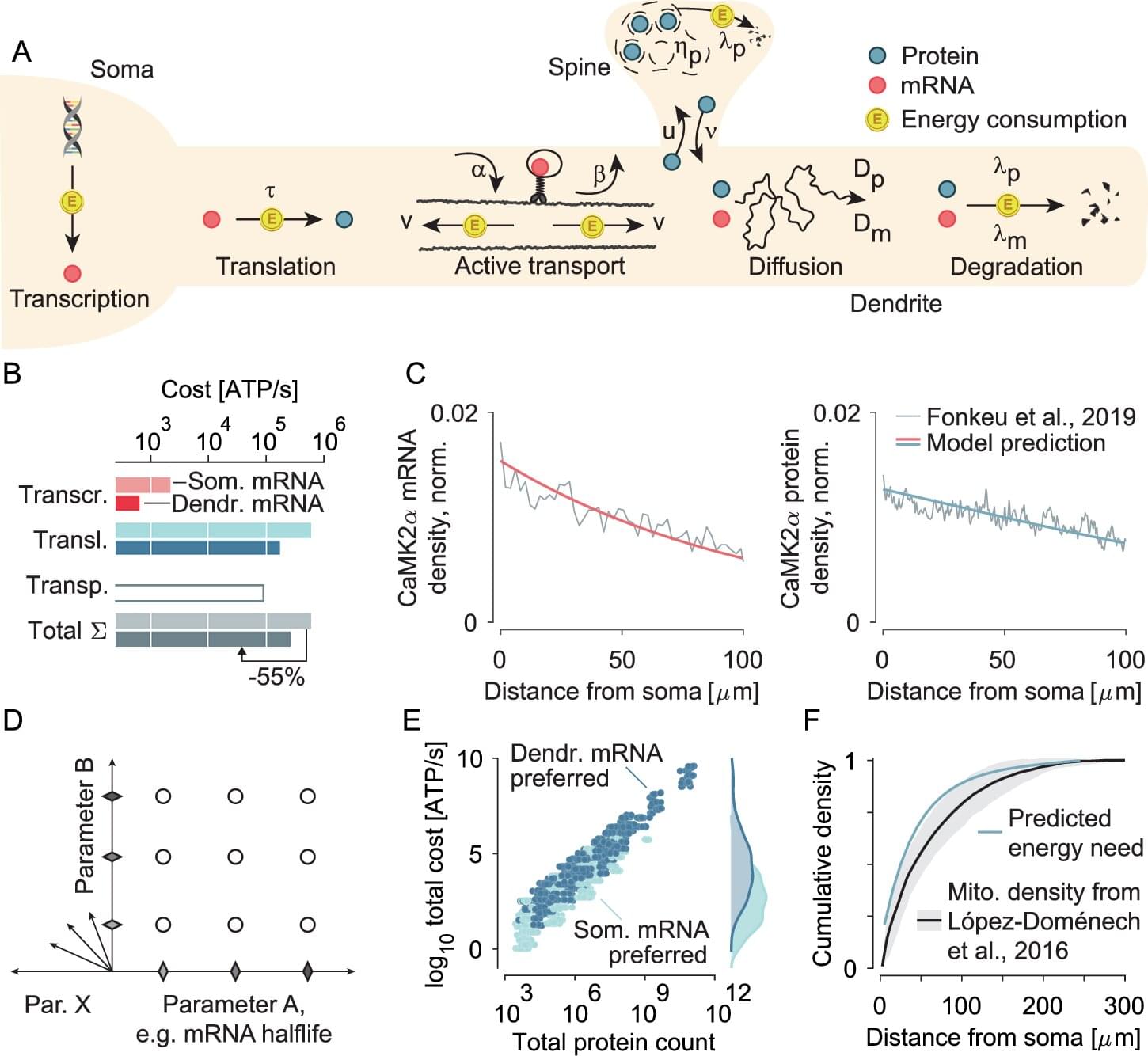Researchers have found that Artemisia herba-alba, a medicinal herb, contains compounds capable of fighting colorectal cancer. The plant extract halted cancer cell growth, disrupted key pathways, and showed potential as a less harmful alternative to chemotherapy.
Scientists from the University of Sharjah have discovered that Artemisia herba-alba, a naturally occurring aromatic herb, contains compounds with potential therapeutic effects against colorectal cancer.
This herb, commonly known as common wormwood, white wormwood, or herba alba, grows naturally in North Africa and the Middle East, where it has long been used in traditional medicine. Local populations have historically relied on it to treat conditions such as bronchitis, diarrhea, hypertension, and diabetes.




